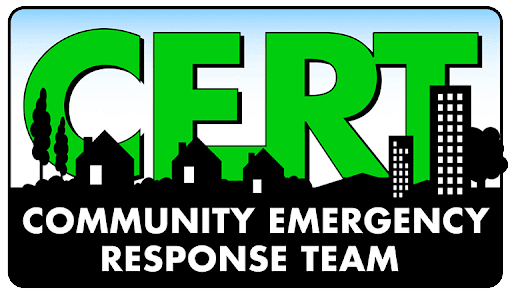| Issaquah Community Emergency Response Team (CERT)
The CERT program educates community members like you how to prepare and respond when a major event happens by training people in basic disaster preparedness and response skills to take care of themselves, their family, their neighborhood, and the community. | Site Search |
Now that I have my license, what do I do next? Step 1: Obtain a radio. Beginners have many options, but, in most cases, an inexpensive radio is a good start. Baofeng offers the UV-5R radio that can be purchased for under $30 and can be used until you decide to upgrade to a more expensive option. Recommended Radios has a summary of useful accessories for the UV-5R series of Baofeng radios that can be purchased for a total cost of less than $100 (including the radio). Yaesu offers a more expensive radio (model FT-60), and is preferred by many, more experienced Issaquah CERTs. Total cost for the radio and similar Yaesu accessories shown in the Baofeng summary would come in under $300. Step 2: Understand the listening and speaking protocol and etiquette for using amateur radios. Ham Etiquette is a good summary from the Amateur Radio Relay League of the proper protocol and etiquette for Ham radio operators. Step 3: Understand the difference between simplex and duplex. Although you learned about these in the course, click here for a thorough explanation. Step 4: Know the frequencies for emergency communication. View this link to see six frequencies used by the Issaquah Communication and Services Team (ICST). The frequencies are listed in order of priority. In other words, in an emergency, check in with the first frequency, but, it you can't communicate, try the next one. Other useful frequencies can be found on the King County ARES website. Step 5: Program the emergency and other useful frequencies on your radio. Programming can be done either manually (highly recommended so that you can do it in an emergency) or computer programming using the CHIRP software (see below for link to free download). User manuals that come with the radio discuss how to manually program and most of them discuss computer programming. YouTube videos for programming can also be found for most radios. Below is a list of links to documents and/or videos for the Baofeng UV-5R series, the Yaesu FT-60 series, and the CHIRP software. This list is far from complete, but is a good start. For help in computer programming of the Baofeng UV-5R or Yaesu FT-60, contact Joe Decuir or Bob Otis. Note that there are many other fine amateur radios available. Help can usually be found through the Issaquah Amateur Radio Club (IARC) or your own local amateur radio group. The IARC also offers an IARC frequency configuration file which may be useful for new Issaquah amateur radio hams to program their radio using the CHIRP software (see links above for Baofeng and Yaesu radios). This list includes frequencies for emergencies, local repeaters, FRS channels, weather stations and even the International Space Station. It can be downloaded by using the "File" menu, the "Download as" item, and choosing "Comma separated values (.csv, current sheet)". This type of file can then be imported into CHIRP. Keep in mind that CHIRP does not support all radios (e.g., some ICOM radios), so check the CHIRP Overview to see if yours is covered. Step 6: Practice, practice, practice using local ham nets or exercises sponsored by the Issaquah CERT or other groups. In addition to CERT event where radios are used, ongoing events are:
Step 7: Follow up on additional resources |

